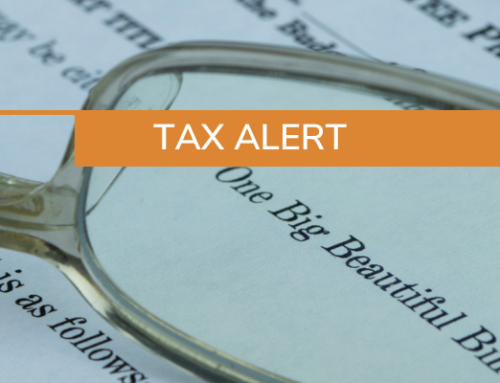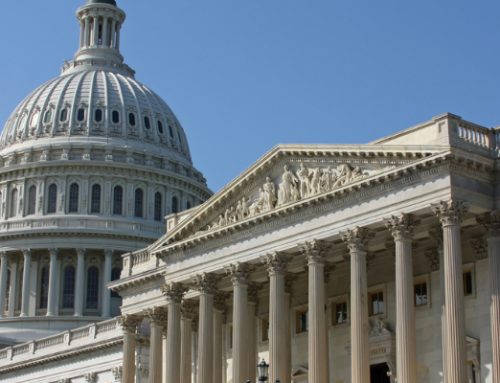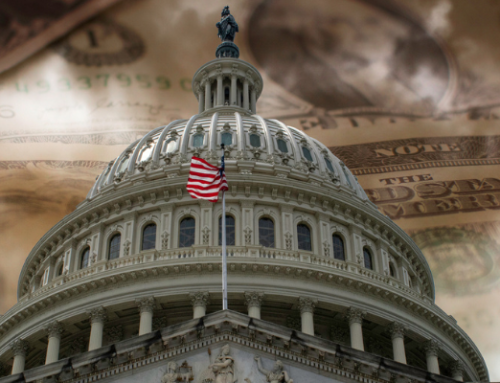The Inflation Reduction Act passed by Congress on August 16, 2022, included several energy efficiency tax credits and rebates. The Act amended the Qualified Plug-in Electric Drive Motor Vehicle Credit, now known as the Clean Vehicle Credit. Previously, the Credit was a $7,500 tax credit for qualifying vehicles which was phased out based on a production quota from the manufacturer. Once a manufacturer reached 200,000 electric vehicle sales, the eligible tax credit was reduced by 50% to $3,750 for the next two calendar quarters, then the credit dropped to 25% of the original credit to $1,875 for the next two calendar quarters. Thereafter the credit was phased out entirely for the manufacturer. Tesla met the 200,000 unit threshold in July 2018 while General Motors achieved the mark in November 2018. Toyota reached 200,000 units in the second quarter of 2022.
With the passing of the Act, Congress changed the Clean Vehicle Credit to be based on whether the vehicle was assembled in North America and whether the critical materials and battery components are sourced from North America, rather than a production quota. Congress added requirements that would render electric vehicles made with any battery components manufactured by “foreign entities of concern” ineligible to receive the credit after 2023. Beginning in 2025, the Clean Vehicle Credit prohibits use of any critical mineral in a battery that is extracted or processed by those countries. The Credit imposes a new credit limit based on the taxpayer’s income, allows a taxpayer to transfer the credit to a registered dealer in exchange for payment from that dealer, and terminates after 2032. The changes to the Clean Vehicle Credit generally apply to vehicles placed in service after 2022. The elimination of the limit on the number of credit-eligible vehicles applies to vehicles sold after 2022.
In an effort to promote US manufacturing, Congress added a requirement that final assembly of the electric vehicle must occur in North America in order to qualify for the Clean Vehicle Credit. Final assembly means the process by which a manufacturer produces a new vehicle, at or through the use of, a plant, factory, or other place. The assembly requirement applies to vehicles sold after the date of enactment, of August 16, 2022. The National Highway Traffic Safety Administration, NHTSA, has a VIN decoder to verify the location of final assembly of your vehicle.
The Clean Vehicle Credit has now been split into two pieces $3,750 based on critical materials and the other $3,750 based on the battery components.
Critical materials from which the electric motor of the vehicle draws electricity must be extracted or processed in the United States, or in any country with which the United States has a free trade agreement in effect, or recycled in North America, must achieve a certain percentage, which will increase over the coming years.
Battery Components, with respect to the battery from which the electric motor draws electricity, the percentage of the value of components contained in such battery that were manufactured or assembled in North America must achieve a certain percentage, which will increase over the coming years.
This will make it harder for manufacturers to achieve the Clean Vehicle Credit as the percentage of the critical materials and battery components will increase over the period of the credit. We will likely see more vehicles qualify for the Clean Vehicle Credit in the early years as compared to the later years. Percentages of Critical Materials and Battery Components over the coming years are as follows:
| Year | Critical Materials | Year | Battery Components |
| 2023 | 40% | 2023 | 50% |
| 2024 | 50% | 2024 | 60% |
| 2025 | 60% | 2025 | 60% |
| 2026 | 70% | 2026 | 70% |
| After 2026 | 80% | 2027 | 80% |
| 2028 | 90% | ||
| After 2028 | 100% |
There was concern from some moderate Democrats of the Senate that the Clean Vehicle Credit was going predominantly to wealthy individuals purchasing luxury vehicles, so Congress added limitations on taxpayer income and sales price of the vehicles. Income and sales price limits are as follows:
| Status | Income Threshold | Vehicle | Sales Price |
| Married-Filing-Joint | $ 300,000 | Sedan | $ 55,000 |
| Head-of-Household | $ 225,000 | SUV, Van, Truck | $ 80,000 |
| Single | $ 150,000 |
To encourage the sale of more electric vehicles, Congress made the Clean Vehicle Credit fully transferable. The taxpayer who acquires a new clean vehicle can elect, on or before the purchase, date, to transfer the credit to the dealer who sold the vehicle in return for a down payment on the vehicle. The credit transfer rules will apply to vehicles placed in service after 2023.
Effective January 1, 2023, there is now a tax credit for used or previously owned clean vehicles. A qualified buyer who acquires a previously owned clean vehicle after 2022 is eligible for an income tax credit equal to the lesser of $4,000 or 30% of the vehicle’s sale price. The model year must be at least two years earlier than the calendar year in which the taxpayer acquires it, be less than $25,000, and which generally meets the requirements applicable to vehicles eligible for the clean vehicle credit for new vehicles. The used clean vehicle credit can only be claimed once every three years. The Act placed income limits for taxpayers to be eligible to claim the used clean vehicle credit as follows, which are half of the income limits for the new clean vehicle credit:
| Status | Income Threshold |
| Married-Filing-Joint | $ 150,000 |
| Head-of-Household | $ 112,500 |
| Single | $ 75,000 |
The changes to the Clean Vehicle Credit make it more complicated to qualify for the full tax credit. If you are contemplating acquiring a clean vehicle and want to know whether you qualify for the amended Clean Vehicle Credit, reach out to a PBMares tax advisor today.





